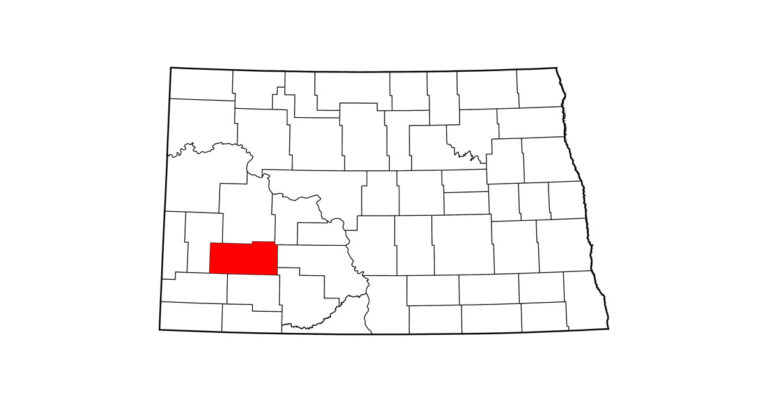Over the last five decades, veterinary care and best practices for horse health and management have undergone extraordinary advancements, driven by improvements in technology and research methods. Since the first issue in January 1973, Practical Horseman has informed readers of the latest findings and developments so they can provide the best possible care for their horses. Nutrition guidelines, fly protection, corrective shoeing—you name it, PH has covered it.
Below are some of our favorite feeding and nutrition tips from the last 50 years. These tips are excerpted from 50 Health and Management Tips, which was written in celebration of Practical Horseman’s 50th Anniversary.

Feeding and Nutrition
- “Feed wet hay if your horse coughs or is allergic to the dust in hay. Soak the hay; don’t just wet it down: Put the flakes in a clean muck bucket or wheelbarrow, fill with water, and let the hay stand for at least 20 minutes before taking it out and feeding it.”—Martha Bowen, 50 Feed Tips, June 1997
- “A horse who’s reluctant to drink on the trailer may change his mind if he’s given a chance to walk around, stretch his legs, and put his head down to graze. This can also help prevent shipping-related respiratory problems by giving him a chance to lower his head and clear his airways.”—Nancy Elliot, DVM, with Elaine Pascoe, Is He Thirsty?, October 1997
- “If the horse is getting good forage and a commercially formulated feed that contains balanced vitamins and minerals, he is probably getting enough electrolytes to replenish what he loses even if he works an hour or an hour and a half in warm weather. The horses who need supplements are those who compete and train at high levels—eventing at Preliminary and above, combined driving, polo, endurance—and very hot or humid conditions.”—Duncan Peters, DVM, MS, with Elaine Pascoe, The Scoop on Sweat, June 2009
- “Looking, touching and smelling will give you clues to hay quality, but it won’t tell you much about the nutritional value. The only way to know if the hay will meet your horse’s needs is to have a sample analyzed, and that’s easy to do. Every state has a cooperative extension service or land-grant university that can analyze hay for basic nutrient content … It makes sense to test if you buy hay by the ton. If you buy by the bale, ask your suppliers if they test and if you can see the results.”—Rhonda M. Hoffman, PhD, with Elaine Pascoe, All About Hay, November 2010
- “Many horses seem to prefer room-temperature water—neither warm nor very cold—and may drink less when their water is frigid. Add a little warm water to buckets during cold spells and use heaters in outdoor troughs.”—Elaine Pascoe with Liara Gonzalez, DVM, PhD, DACVS, 6 Steps to Protect Gut Health, Winter 2019
- “The American Association of Equine Practitioners recommends using the acronym ACCLAIM to help you evaluate supplement labels. Here’s what to look for: A company name you recognize; clinical research that shows product safety and efficacy in horses; contents clearly listed; label claims supported by scientific data, administration recommendations, identification of lot and expiration date; manufacture information, including name, address, phone number and website.—Mary Kay Kinnish with Kenneth Marcella, DVM, What’s Your Supplement Strategy?, Summer 2021
This article originally appeared in the Winter 2023 issue of Practical Horseman.
This article is sponsored by WeatherBeeta.










